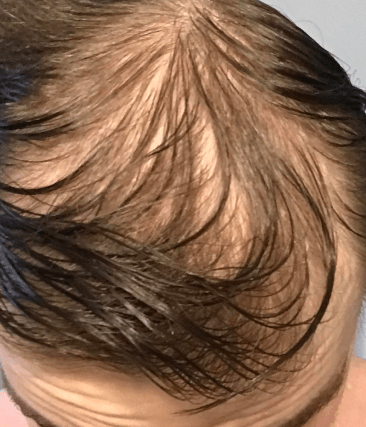Alopecia areata is a chronic autoimmune skin disease that results in the loss of hair on the scalp and other parts of the body. It is estimated to affect 1-2% of the population.
The alopecia area’s cause is unknown, but it is believed to be an autoimmune disorder. In people with this condition, the immune system mistakenly attacks hair follicles, causing them to shrink and stop producing hair.

